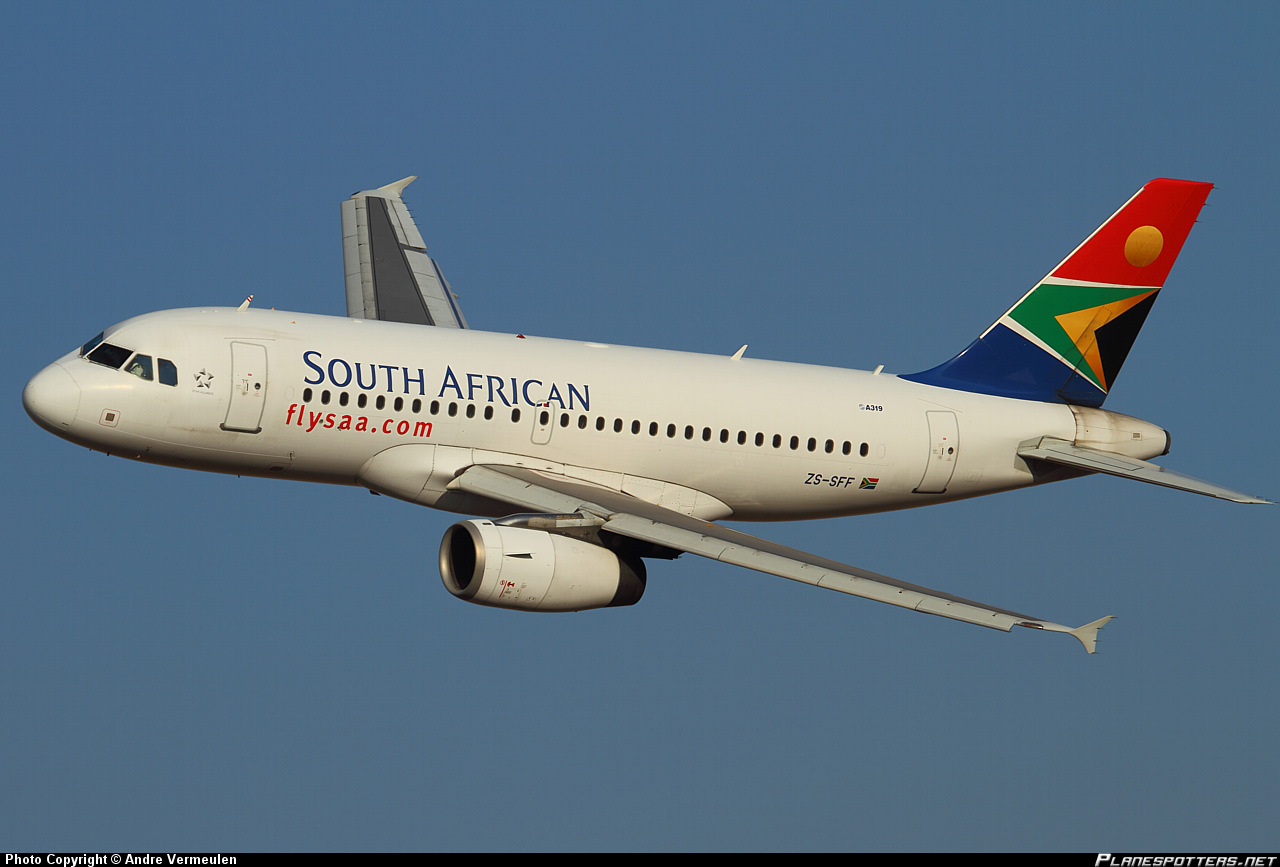
Accra, the capital city of Ghana has become the biggest hub for struggling South African Airways (SAA),which is facing numerous operational hiccups.
The airline once again is in dire straits after repeatedly failing to implement a long term business plan that addresses its longstanding challenges.
SAA’s previous management team, after much deliberation, put together a viable long-term business plan in 2013 (its ninth turnaround plan according to SAA chairperson Dudu Myeni), aimed primarily at restructuring its highly unprofitable long haul operation through route cuts, new partnerships and the acquisition of more efficient widebody aircraft.
After multiple delays SAA made progress in implementing several components of the plan, including network restructuring with the suspension of services to Buenos Aires, Beijing and Mumbai.
However other components were never implemented, including a comprehensive partnership with Emirates and the acquisition of new generation widebody aircraft. SAA also continues to operate unprofitable three weekly Johannesburg-Dakar-Washington Dulles flights, despite switching some Washington flights to a stopover in Accra, which has been successful.
According to Centreforaviation.com, SAA’s losses have reduced significantly as network adjustments, lower fuel prices, and a renegotiation of A340 lease rates have resulted in a better performance for its previously highly unprofitable long haul operation. SAA currently serves only eight destinations outside Africa, using a fleet of 17 A340s and six A330s.
However, the long-term prospects for the long haul operation remain bleak as SAA has not made sufficient changes.
SAA cannot assume that fuel prices will remain at their current low level. A return of higher fuel prices would make it nearly impossible for the long haul operation to be profitable, particularly as SAA has again pushed back a long-delayed decision on new widebody aircraft.
Also, an even bigger setback with implementing the recovery plan occurred in mid-2015 when SAA board approval for a new partnership with Emirates was rescinded at the last moment, just hours before the deal was to be signed and announced. Emirates and SAA management had agreed to a comprehensive codeshare, and for SAA to operate alongside Emirates on the Johannesburg-Dubai route, with a rare revenue guarantee from Emirates.
The Emirates partnership was to replace a much more limited partnership with Etihad – which has since been dissolved anyway, with SAA suspending codeshares and services to Abu Dhabi. The Emirates deal was critical for SAA’s long-term sustainability as it gave SAA a much stronger global offline network and finally the guaranteed revenue stream to turn the corner. Unfortunately, politics intervend and it would be very difficult for the partnership to be revived later if there is the political will. The two airlines now codeshare, but this is a much more muted relationship.
SAA now faces the difficult prospect of competing in the international market over the long term without a partnership with Emirates or another Gulf airline. Emirates has more capacity to South Africa than the entire SAA long haul operation, and its huge global network provides a significant competitive advantage in the South Africa-Europe and South Africa-Asia markets.
SAA is looking at resuming some long haul routes on its own but such routes are unlikely to be profitable, and would only be launched for political reasons.
SAA faces a challenging future
Nearly the entire SAA management team has left since mid-2015, resulting in more instability for an airline that has already seen a large succession of CEOs over the last decade. SAA is essentially now in limbo, forced to operate under the current status quo and unable to address any of the long term challenges until there is a change in government.
Profitability at the EBITDAR level has improved, but SAA has a weak balance sheet and upcoming funding requirements; it needs another capital injection or government guarantee. Partial privatisation through the sale of an equity stake is highly unlikely in the current environment; any investor will require the control that the government has never been willing to relinquish.
SAA also faces challenges in the domestic market, with South Africa’s sluggish economy impacting demand and competition intensifying. Its regional international operation, which historically has been the only profitable part of its business, also faces intensifying competition and weakening demand.
SAA requires a fundamental transformation to be profitable over the long run
SAA requires a fundamental transformation to be profitable over the long run. Unfortunately South Africa’s political environment has proven time and time again that such a transformation is impossible to implement. The alternative becomes increasingly obvious.
There are lessons for other African countries to learn from this history, notably to avoid the temptation to meddle in their airlines. However, government meddling and protectionism are part of a deep-rooted tradition in the African airline sector that will be hard to break.
Source: centreforaviation.com




























